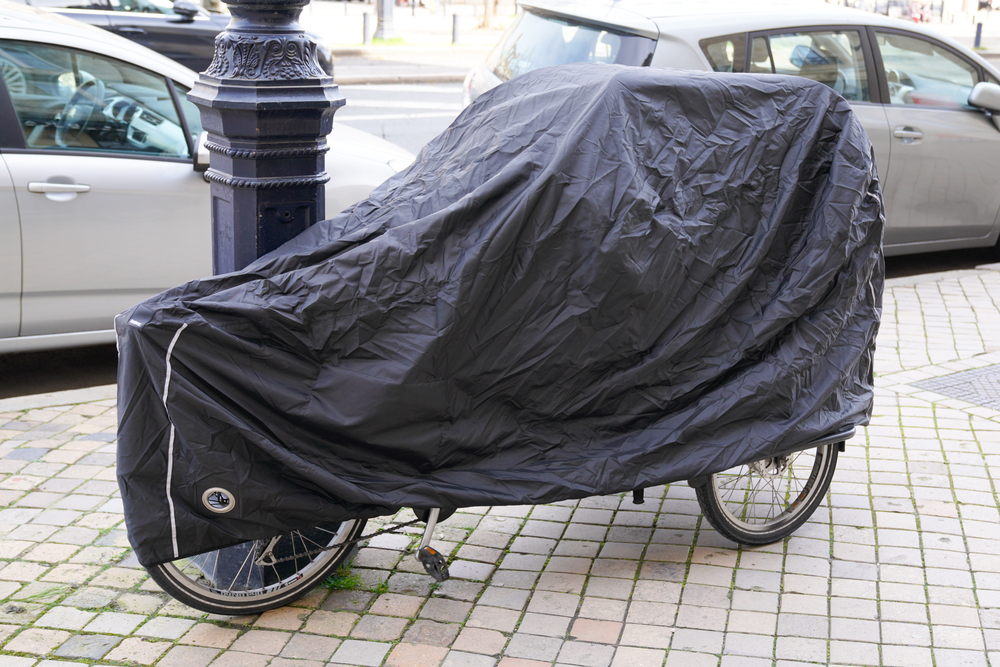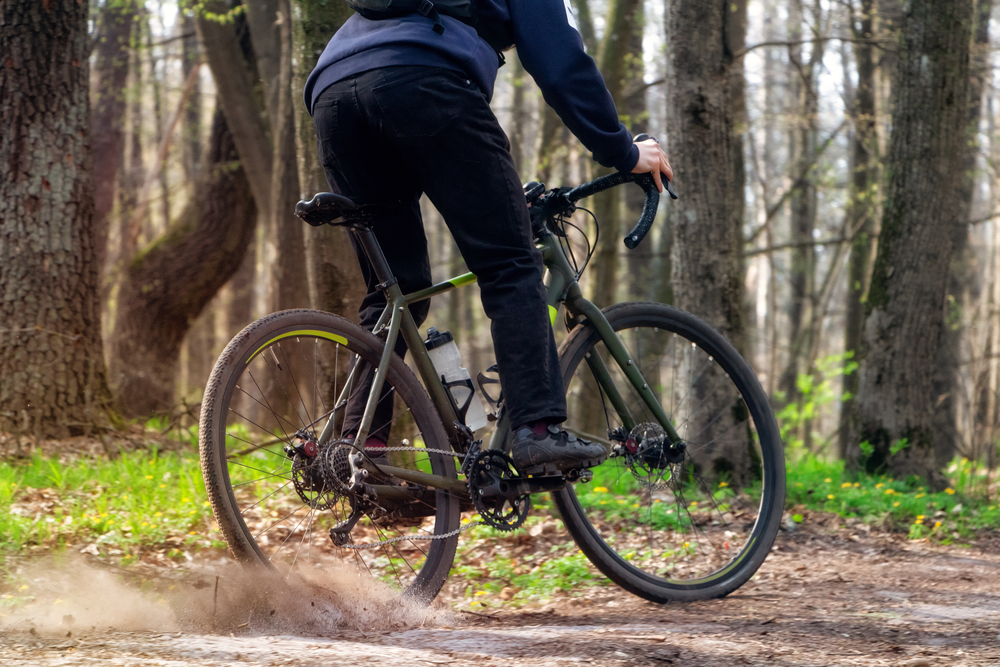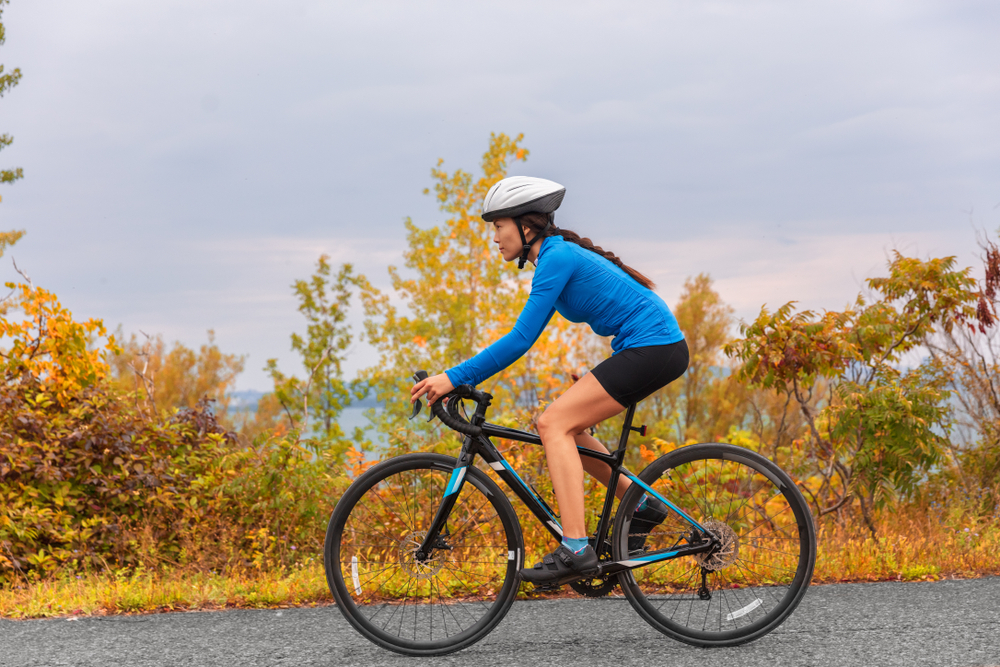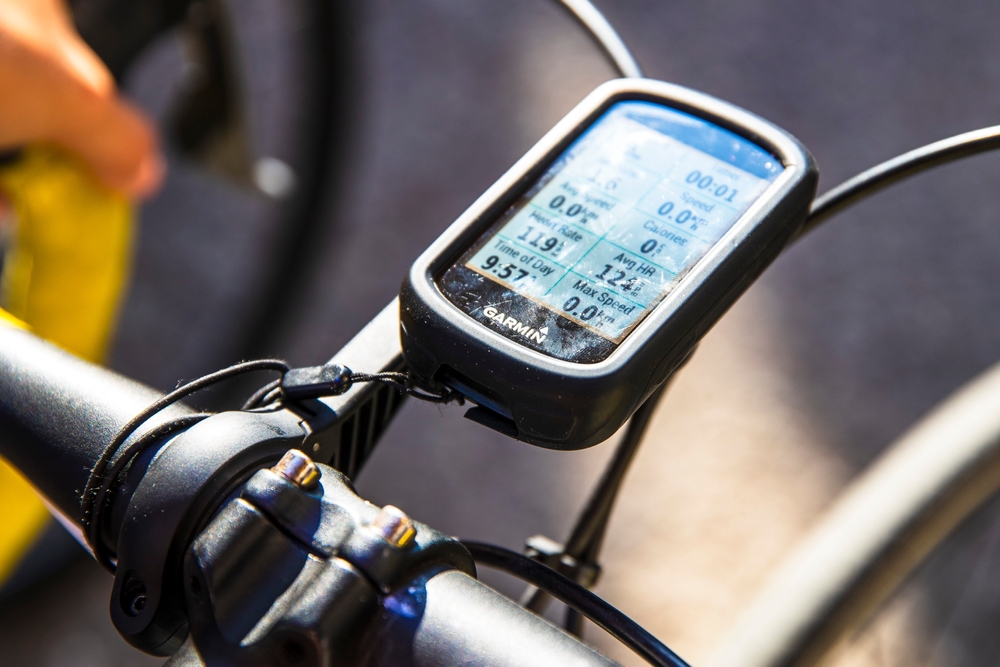Comfortable Bike Seats
Cycling is a popular sport and mode of transportation. A comfortable bike seat plays a crucial role in ensuring a pleasant ride. It prevents discomfort and potential injuries. Despite its importance, many cyclists overlook this component. Understanding the different types and features can enhance your cycling experience.
Types of Bike Seats
Different bike seats cater to different needs. The following categories represent the most common types:
- Road Bike Seats: Lightweight and streamlined, designed for performance.
- Mountain Bike Seats: More padding for rough terrains.
- Gel Seats: Extra comfort with gel padding, ideal for casual riders.
- Racing Saddles: Narrow and firm, meant for high-speed cycling.
Key Features of Comfortable Bike Seats
Several features contribute to the comfort of a bike seat:
- Padded Material: Gel or foam padding reduces pressure on sit bones.
- Ergonomic Shape: Contoured designs support your body efficiently.
- Width: Seats should match the spacing of your sit bones.
- Suspension: Built-in shock absorbers help smooth out bumpy rides.
- Cutouts: Central cutouts relieve pressure on soft tissues.
Importance of Correct Fit
Choosing the correct fit is crucial for comfort. Measure the distance between your sit bones. Try different seats to find one that matches this measurement. Ensure the seat height is appropriate. Your legs should extend fully at the bottom of each pedal stroke.
Testing a Bike Seat
Testing a bike seat before committing to it helps determine comfort. Many local bike shops offer demo seats. Spend at least 30 minutes riding to gauge comfort. If possible, ride on different terrains to see how the seat performs.
Maintenance and Adjustment
Regularly check and maintain your bike seat. Tighten any loose bolts. Adjust the angle for optimum comfort. A slightly tilted forward seat can reduce pressure. If the seat shows signs of wear, consider replacing it to maintain comfort levels.
Additional Accessories for Comfort
Additional accessories can enhance seat comfort:
- Seat Covers: Provide extra padding and are easy to swap out.
- Padded Shorts: Designed to cushion your ride with built-in padding.
- Chamois Cream: Reduces friction and prevents chafing.
Popular Brands
Several brands are known for producing comfortable bike seats. Among them:
- Selle Royal: Known for gel and foam-padded seats.
- Brooks: Offers leather saddles that mold to your shape over time.
- Fizik: High-performance seats with ergonomic designs.
- Terry: Designs seats specifically for women’s anatomy.
Women’s Bike Seats
Women’s bike seats are designed to account for different anatomy. They often feature wider rears and shorter noses. These elements enhance comfort by providing better support and reducing pressure.
Custom Bike Seats
If standard seats don’t meet your needs, consider custom options. Some manufacturers offer custom fitting services. Tailored seats cater perfectly to individual anatomies, but they come at a higher cost.
Eco-Friendly Options
Eco-conscious cyclists can choose seats made from sustainable materials. Leather and cork are popular eco-friendly options. They provide comfort while minimizing environmental impact.
Common Problems and Solutions
Cyclists may face common discomfort issues:
- Numbness: Often caused by prolonged pressure on sensitive areas. Seats with cutouts or grooves can alleviate this.
- Saddle sores: Result from friction and pressure. Ensure proper fit and consider padded shorts.
- Lower back pain: Can be due to improper seat angle or height. Make necessary adjustments.
- Inner thigh chafing: Often a result of a seat that’s too wide. Choose a narrower seat or wear chamois cream.
Innovative Features and Technologies
New technologies aim to enhance bike seat comfort:
- Pressure mapping: Some seats use pressure mapping to offer customized support.
- Advanced materials: High-tech foams and gels that contour better to the rider’s body.
- Adaptive saddles: These seats use smart materials that adapt to the rider’s movement and weight distribution.
Price Ranges and What to Expect
Bike seats come in various price ranges. Budget options can offer decent comfort for casual riders. Mid-range seats provide a good balance of comfort and durability. High-end seats often feature advanced technologies and materials for maximum comfort.
How to Measure Your Sit Bones
Measure your sit bones at home using a simple method:
- Find a piece of corrugated cardboard.
- Sit on it with your legs raised slightly.
- Mark the two indentation points made by your sit bones.
- Measure the distance between those points.
This measurement will guide you in choosing the right seat width.
Ergonomic Design Principles
Ergonomic designs are critical for comfort. A well-designed seat distributes weight evenly. It reduces pressure on sensitive areas and supports proper posture. Ensure the seat fits well and supports your riding style and body type.
Choosing Based on Riding Style
Your riding style greatly influences the type of seat you should choose:
- Casual riders: More padded seats with wider designs.
- Road cyclists: Narrow, lightweight saddles focused on performance.
- Mountain bikers: Seats with extra cushioning to absorb shocks.
- Touring cyclists: Durable seats with moderate padding for long-distance comfort.
Trying Multiple Options
Don’t settle for the first seat you try. Test multiple options to find the best fit. Your ideal seat will feel comfortable after long rides and in various conditions.
Impact on Overall Health
A comfortable bike seat contributes to overall health. It prevents musculoskeletal issues and improves cycling performance. Avoiding discomfort encourages longer rides, benefiting cardiovascular health and well-being.
Upgrading Your Current Seat
If you’re unhappy with your current seat, upgrade it. Look into seats with better padding, ergonomic shapes, or advanced materials. Even small improvements can make a significant difference.
Importance of Expert Advice
Seeking expert advice is beneficial. Professionals can measure your sit bones, recommend seats, and provide fitting services. Many bike shops and cycling clubs offer these services.
Popular Misconceptions
Several misconceptions about bike seats persist:
- More padding is always better: Excessively padded seats can cause more discomfort by compressing soft tissues.
- One size fits all: Seat comfort is highly individual. What works for one person might not work for another.
- Expensive means comfortable: While high-end seats often offer excellent comfort, price alone is not a guarantee.
DIY Adjustments and Tips
You can make several adjustments to enhance seat comfort:
- Experiment with the tilt angle; a slight downward tilt is often comfortable.
- Move the seat forward or backward to match your riding posture.
- Regularly check and adjust the height.
Future Trends
The bike seat industry constantly innovates. Future trends include more advanced adaptive materials, better pressure mapping technologies, and even smart seats with integrated sensors for real-time comfort adjustments.






